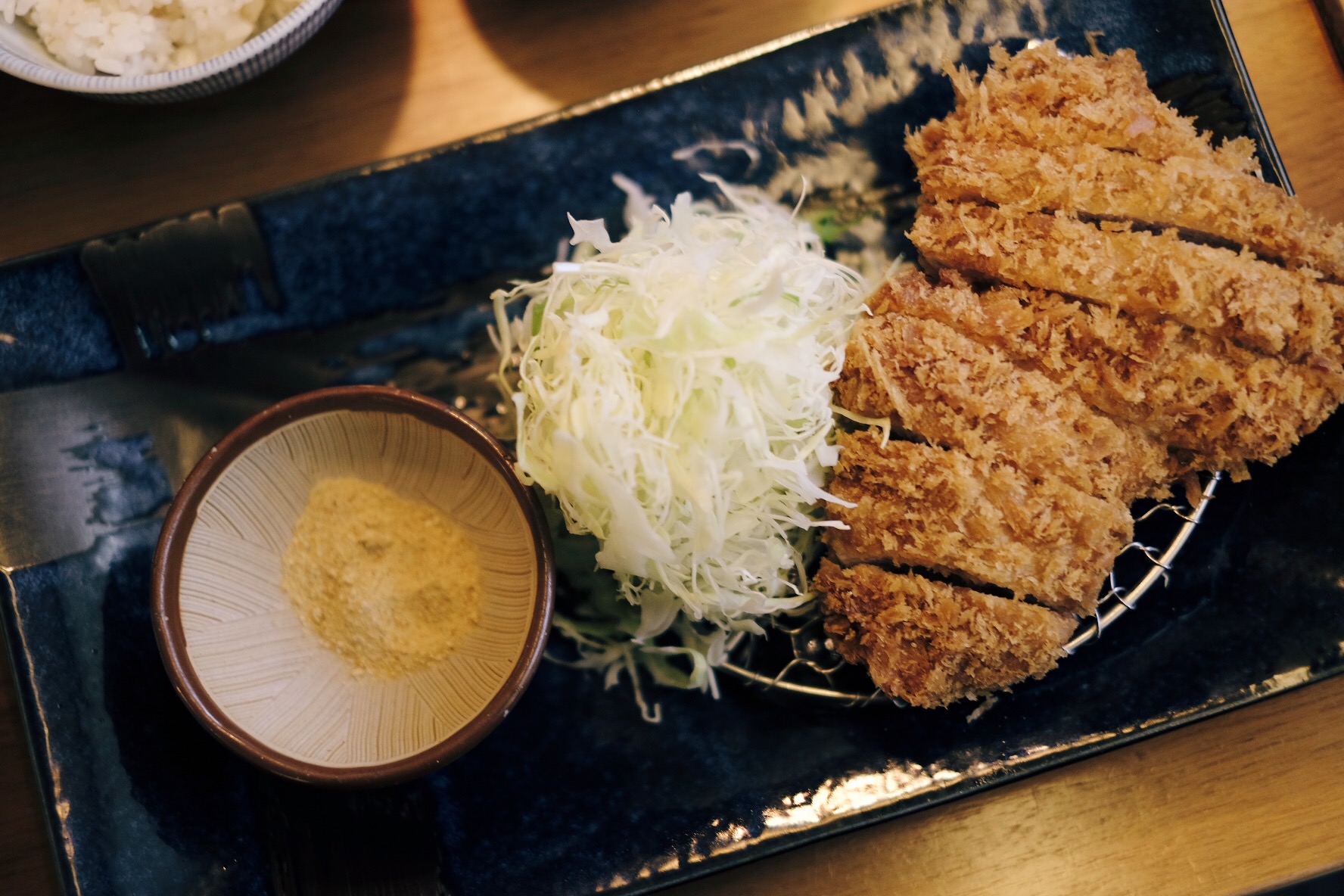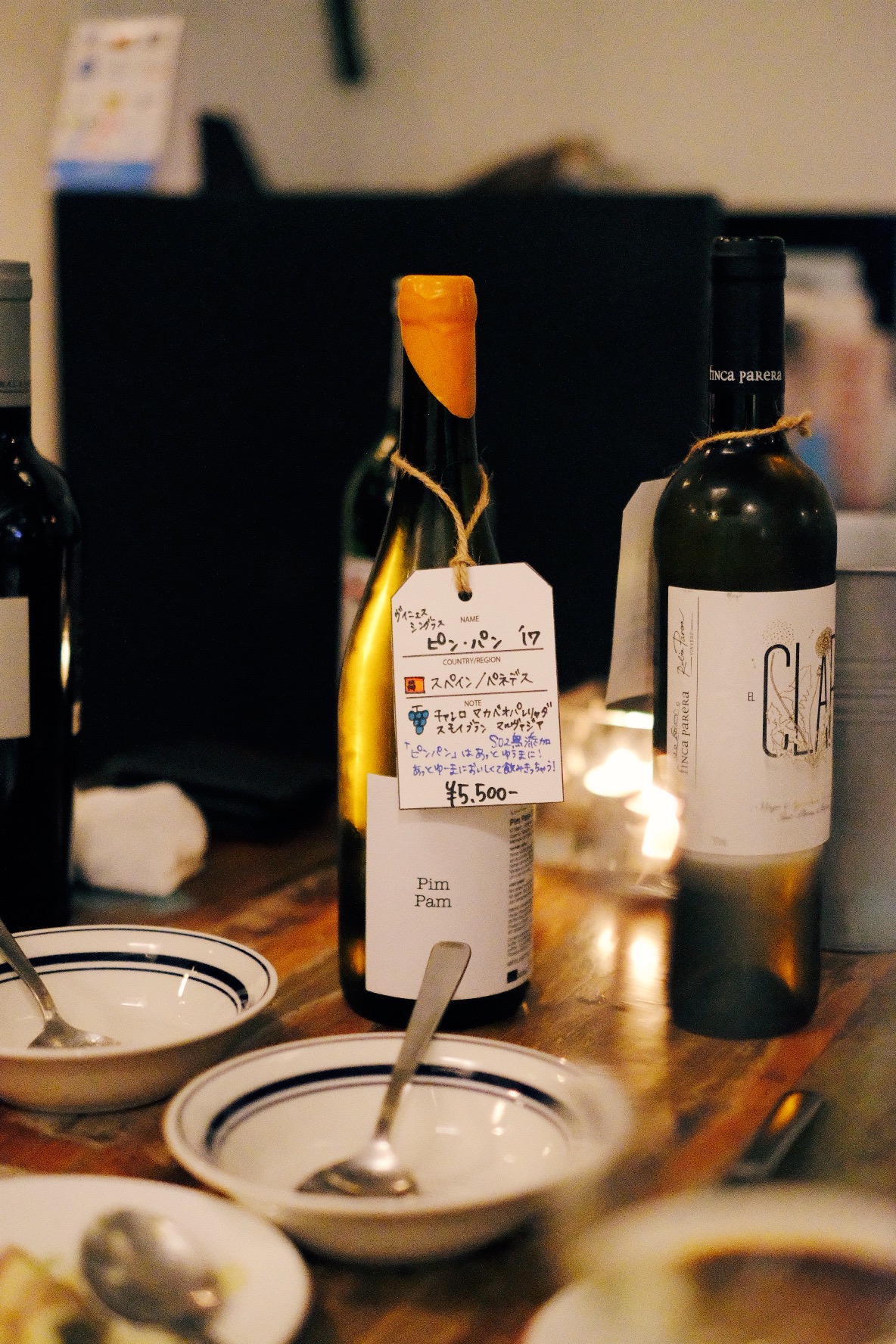
This. Is. Beer. Country.
The realisation sunk in as I sat down to the third bowl of ramen on my recent trip to Japan, faced with a choice between a crispy Asahi and a Kirin lager.
To be fair, it was probably unrealistic to expect to find wine in tiny ramen joints where grub is cheap, beer is king and slurping at speed is encouraged so as to make room for the next patron standing patiently in line (the good spots have queues snaking around the block). Like most places in the world, in Japan, beer is the drink of the people: cheap, unpretentious, refreshing and unlikely to leave one staggering back to work after a quick bite. While grape wine is unlikely to ever knock beer off its pedestal (or even traditional spirits, shochu and saké, for that matter), wine is universally unmatched in its ability to, well, match. So despite the apparent shortage of wine as I ventured forth on my budget trip to Japan (now that I think about it, part of the issue was probably because I wasn’t dining Michelin), I made a concerted effort to understand the flavours of everyday Japanese cuisine, try to work out which dishes (if any?) would be appropriate to pair with wine – and ultimately, track down some of the good stuff.
FRIED & FATTY

My culinary foray into Japan started on the 14th floor of a shopping centre near the southern entrance of Shinjuku Station, the busiest station in the world. Once navigating my way through crowds of commuters and shoppers to the elevator that would lift me up to Katsukura Shinjuku Takashimaya, I was greeted with both the first and best tonkatsu of the trip. ‘Ton’ meaning ‘pig’, and ‘katsu’ denoting ‘cutlet’, Tonkatsu is essentially a breaded, deep-fried pork fillet or loin, usually served with a thick brown sauce and fresh shredded cabbage. Like a lot of fried or tempura dishes in Japan, it somehow feels healthier than it probably is. While once again I washed my tonkatsu down with a beer, I couldn’t help but think I could’ve done with a glass of Champagne and its palate-cleansing superpowers. Japan is set to overtake the UK as the second-biggest market in the world for Champagne, and with all the delicately fried food I encountered on the trip, it made perfect sense.
SUSHI

I had been told that it would be difficult to eat ‘Westerner’ sushi again after visiting Japan, and I’m dismayed to say, this has turned out to be the case. The options at your standard conveyor belt sushi joint in Japan are simply mind-blowing (my absolute favourites were Nemuro Hanamaru in Tokyo and Sushi no Musashi in Kyoto). Forget California rolls, and say hello to fresh whelk. Salted herring roe. Boiled conger eel. Multiple types of yellowfin tuna, all supernaturally red and graded according to their fat content. Everything fresh despite being on a conveyor belt – with such a fast turnover, how could it not be? My feeling was that it would be difficult to find a wine that would be able to universally match with such a spectrum of subtle flavours – but oh, we have Chenin for that. South African Chenin Blanc is a seafood sweetheart, but also with enough body, acidity, fruitiness and general ‘oomph’ to match with both delicate and more robust flavours. Next time I visit sushi restaurants in Japan, I’m coming armed with a few bottles of old vine Swartland Chenin in my handbag.


SOUPS & BROTHS



I’m a cheap date – my favourite meal in Japan was probably a bowl of steaming hot Udon in broth at Shin Udon in Shinjuku. It’s the only place I visited twice – I simply couldn’t get over the depth of flavour of the broth and perfectly chewy texture of the noodles. I’m also a nut for ramen to the extent that I went all the way to Yokohama (about half an hour outside of Tokyo) to queue for the famous ramen at Yoshimura-ya (it was worth it). There are so many different kinds of ramen that one could probably get quite creative with pairing, but the commonalities are big, salty, savoury flavours that are rich in umami. Oh, umami, the elusive fifth taste, naturally first identified by none other than the Japanese. Umami flavours are notoriously difficult to pair wine with, particularly as they can render tannic wines unpleasantly metallic. A good choice would be a light red like Pinot Noir or Cinsault – or maybe even a Beaujolais – light in tannins, but robust and fruity enough to stand up to stronger flavours. Natural wine is also a big hit in Japan as its funky, often-earthy notes harmonise beautifully with umami.
MARBLED & MEATY
Wagyu beef is a serious treat, which won’t be making Japanese budget travel lists any time soon. This is where structured reds come to play – the more complex, the better. Nelson Chow, president of the Hong Kong Sommelier Association, once told me that a good rule when it comes to proteins is to pair complex, multi-ingredient dishes with simple wines, and simple, simply-cooked foods with complex wines. This rule has never let me down, and also explains why Bordeaux, Barolo and Barbaresco are choice favourites paired with Yakiniku (barbecue). The simplicity and subtle smokiness of grilled meat allows these complex wines to truly shine.
PARLEZ-VOUS FRANÇAIS?

Towards the end of my Japanese sejour, I finally found some outstanding wine – not in a Japanese establishment, but in a little French seafood restaurant in the Chūō ward of Tokyo. Like anywhere else in the world, the Japanese are not immune to the effects of globalisation. However, they seem to bring Japanese flair to whichever new cultural elements they choose to adopt. That little French restaurant, with its simple, elegantly-prepared dishes, paired with fragrant Slovenian Sauvignon Blanc and shared with my new Japanese friends, helped me understand Japanese hospitality and culture more than any other place I visited on the trip. Moreso, it made me realise that wine in its infinite spectrum of flavours and textures has its perfect place in Japan – but perhaps not quite where one would expect to find it.
















